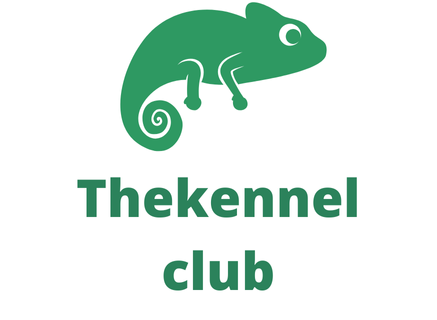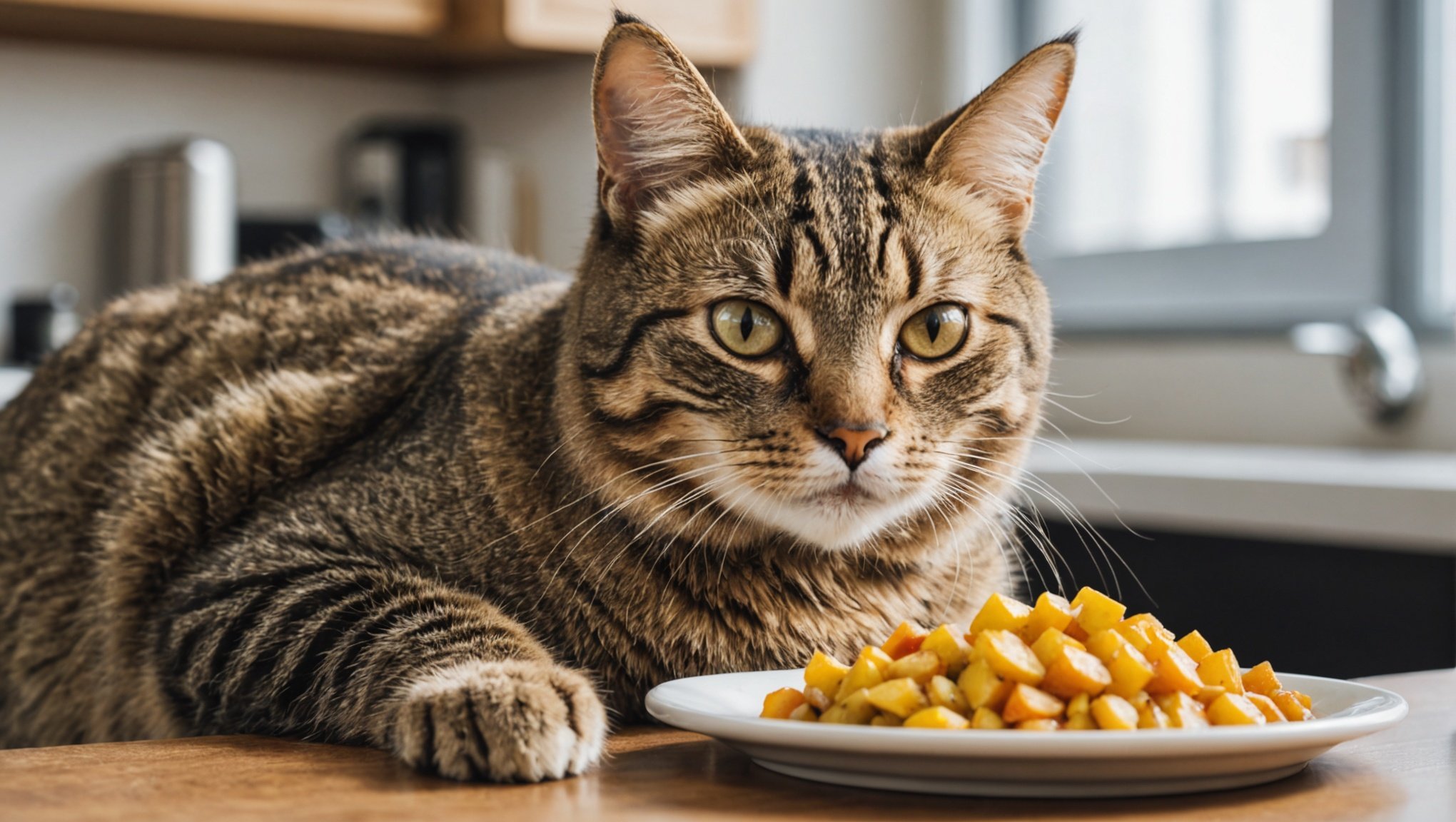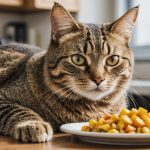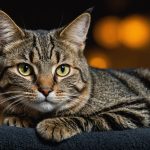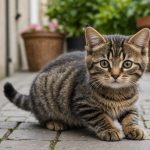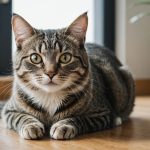As loving, responsible cat owners, your priority is undoubtedly to ensure that your feline friends have the best possible quality of life. This responsibility becomes even more pronounced when dealing with a cat with liver disease. Hepatic conditions can significantly affect your cat’s health and wellbeing, and managing them can be a challenging task. Hence, one of the most crucial aspects of care for a cat with liver disease is providing a balanced, nutritional diet that caters to their unique dietary needs. This article will guide you through the process and offer expert advice on how to prepare this special diet for your feline companion.
Understanding Your Cat’s Nutritional Needs
Before we delve into the specifics of a diet for cats with liver disease, it’s essential to understand the basics of cat nutrition. Cats are obligate carnivores, which means their diet should chiefly consist of meat. Meat provides them with essential nutrients such as high-quality protein, essential fatty acids, vitamins, and minerals that they can’t obtain in adequate quantities from other food sources.
Avez-vous vu cela : What are the best ways to enrich the living space for a cat confined indoors due to FIV or FeLV?
Their diet should include a balance between protein, fat, vitamins, and minerals. Too much of one nutrient or not enough of another can lead to health problems. For instance, excessive protein can be harmful to cats with liver disease, as their liver may struggle to process it. Thus, the nutritional balance must be adjusted according to the cat’s health condition.
Adjusting the Diet for Cats with Liver Disease
Liver disease in cats affects their ability to process and eliminate waste, which can lead to a buildup of toxins in their system. It can also interfere with their body’s ability to effectively metabolize proteins, fats, and carbohydrates, which are essential elements of their diet. Consequently, a cat with liver disease may require a diet with lower levels of protein but higher in quality, higher in carbohydrates for energy, lower in fat, and supplemented with certain vitamins and minerals.
A lire également : What are the best ways to enrich the living space for a cat confined indoors due to FIV or FeLV?
The exact dietary adjustments will depend on the specific type of hepatic disease your cat is suffering from, and it’s always best to consult with your vet to develop a tailored feeding plan. However, in general, cats with liver disease will benefit from smaller, more frequent meals, ensuring that their blood sugar levels remain stable throughout the day.
Key Nutrients in a Liver Disease Diet for Cats
The dietary intervention for cats with liver disease should be designed to provide optimal nutrition while easing the burden on their liver. This can be achieved by focusing on several key nutrients:
1. High-quality Protein: It’s necessary to reduce the total amount of protein in their diet to prevent any excess ammonia production, which can exacerbate liver issues. However, the protein should be of high quality, easily digestible, and should come from animal sources. Foods like chicken and turkey are good options.
2. Fiber: Fiber can help absorb toxins in the gut and prevent them from entering the bloodstream, thereby reducing the load on the liver. It also aids in digestion and helps maintain stable blood sugar levels.
3. Fat: While it’s essential to limit fat intake because it can be hard on the liver, some fat is necessary for the absorption of fat-soluble vitamins and to provide energy. The fat in the diet should be easily digestible and should be provided in small, regular amounts.
4. Vitamins and Minerals: Certain vitamins and minerals such as B-complex vitamins, vitamin K, zinc, and antioxidants can support liver function and promote healing.
5. Water: Adequate hydration is crucial for cats with liver disease as it aids in digestion and helps flush toxins from the body.
Feeding a Homemade Diet to a Cat with Liver Disease
In certain circumstances, you may opt to prepare homemade food for your cat with liver disease. This can ensure that the ingredients used are fresh, of high quality, and cater to your cat’s specific nutritional needs. However, remember that making homemade cat food can be challenging and requires meticulous attention to ensure it’s nutritionally complete.
A typical homemade diet for a cat with liver disease might include chicken or turkey as the primary protein source, white rice or sweet potatoes as the carbohydrate source, and a very small amount of vegetable oil for fat. Additionally, the diet needs to be supplemented with a multivitamin and mineral supplement to provide essential nutrients that may not be present in adequate amounts in the main ingredients.
The Role of Commercial Cat Food in Managing Liver Disease
While homemade diets can provide tailored nutrition for your cat with liver disease, it may not be feasible for everyone due to time constraints or lack of confidence in formulating a balanced diet. In such cases, commercial therapeutic diets can be a practical and effective option. Several pet food manufacturers offer prescription diets specifically formulated for cats with liver disease. These diets are nutritionally balanced and cater to the specific needs of cats with hepatic issues. As with all feeding plans, it’s essential to gradually introduce new food to avoid digestive upset and ensure your cat accepts the new diet.
Remember, managing a cat with liver disease is a long-term commitment that requires close monitoring, regular vet check-ups, and dietary adjustments. A balanced, nutritional diet that caters to their specific needs plays a crucial role in managing their condition and improving their quality of life.
Feeding Management Strategies for Cats with Hepatic Lipidosis
One common form of liver disease in cats is hepatic lipidosis, which is characterized by the accumulation of fat in the liver. This condition can cause a decrease in appetite and weight loss, making dietary management a crucial component of treatment. Cats with hepatic lipidosis may require a more aggressive feeding approach, especially in the early stages of the disease when they may not have a strong appetite.
For cats refusing to eat, a veterinary professional might suggest a feeding tube. This method delivers the necessary nutrients directly to the stomach or small intestine, ensuring nutritional support is maintained even if the cat is not eating voluntarily. The tube can stay in place until your cat starts eating regularly on its own.
Regardless of the feeding method, the diet should still be composed of high-quality protein, carefully controlled levels of fat, and a balanced array of vitamins and minerals. The inclusion of certain amino acids, such as taurine and arginine, is also essential in the diet of cats with hepatic lipidosis, as these can help support liver function.
Choosing the Right Cat Food for Liver Disease
When dealing with a cat liver disease, choosing the right cat food can make a substantial difference in your pet’s health. A diverse range of commercial cat foods are available, designed specifically for cats with liver disease. A popular choice among pet owners and vets is the Pro Plan Veterinary Diets, which offers therapeutic diets for various health conditions, including liver disease.
These kinds of cat foods are nutritionally complete and balanced, ensuring your cat gets the right amount of protein, carbohydrates, and fats, along with essential vitamins and minerals. They are also fortified with specific nutrients to support liver health, such as soluble vitamins and fatty acids.
Before choosing a specific brand or type of food, consult your vet to ensure it aligns with your cat’s specific nutritional needs. It’s also essential to check the quality and source of the ingredients. High-quality animal protein should be the primary ingredient, and the food should be free from artificial preservatives, colors, and flavors that may burden the liver further.
Conclusion
Managing a cat with liver disease is undoubtedly challenging, but with a well-thought-out feeding plan, you can play a significant role in improving your cat’s health and quality of life. Remember, the primary aim is to provide a balanced diet that reduces the load on the liver, manages symptoms, and supports overall feline nutrition. Whether you choose homemade cat food or prefer a commercial pet food, always consult your vet to ensure the diet meets the nutritional needs of your cat with liver disease.
Regular monitoring is also critical, as the disease’s progression or regression may necessitate dietary adjustments. Lastly, remember that patience and persistence are key in this journey – it may take time for your cat to adjust to the new diet or feeding methods, but steady, consistent care can significantly enhance their well-being.
